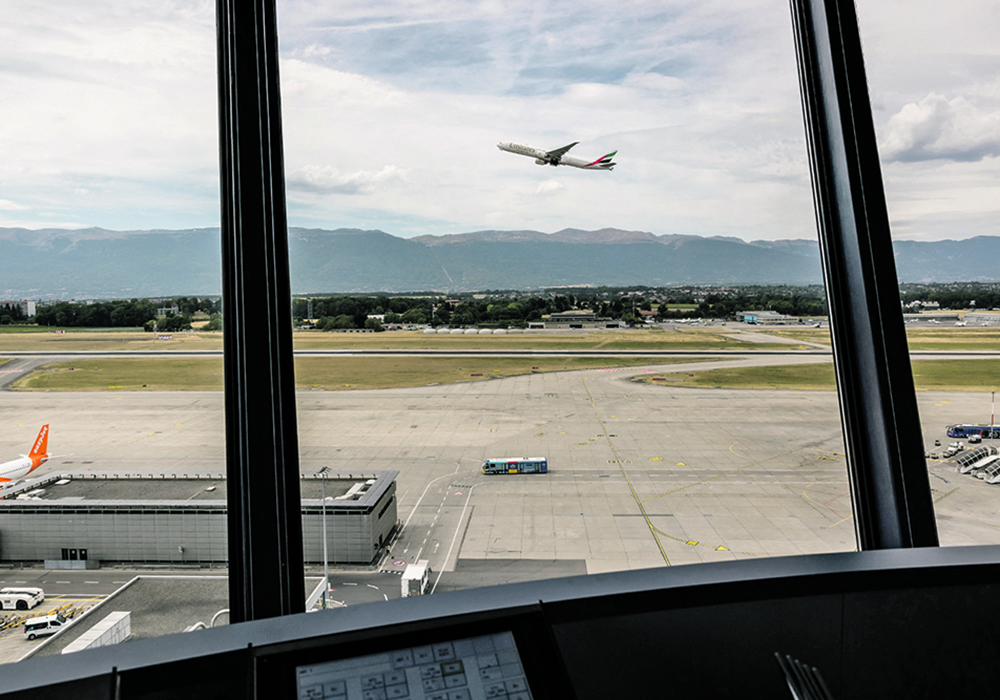Newly released tax credits expected to make sustainable aviation fuel a bigger market for canola than renewable diesel
New sustainable aviation fuel tax credits in the United States could be the start of a massive new market for canola, says an industry official.
“The potential is enormous,” said Chris Vervaet, executive director of the Canadian Oilseed Processors Association.
Up until now most of the hype has been around renewable diesel, which has helped spur a new round of investment in Canadian canola crushing facilities.
“(SAF) does appear to be bigger than renewable diesel, especially from a global perspective,” he said.
Ian Thomson, president of Advanced Biofuels Canada, isn’t sure which market will turn out to be the bigger one but he is thrilled SAF appears poised for takeoff.
Read Also

Moe shares goals for Chinese trade mission
To advocate on behalf of Saskatchewan agriculture and other industries, as well as the Canadian canola, pork, pulse, and seafood industries, Saskatchewan Premier, Scott Moe, is travelling to China on a trade mission.
“It has the potential to be a really significant new market and one I think could be pretty durable,” he said.
Canola oil will be a desirable feedstock for SAF producers.
“Canola fairs pretty well in the life cycle modelling that they’re using for determining how much of a credit you’ll get,” he said.
The U.S. Environmental Protection Agency has determined that canola-based SAF reduces greenhouse gas emissions by 59 to 67 percent compared to traditional jet fuel.
The tax credits are part of the recently passed US$750 billion U.S. Inflation Reduction Act.
It will start as a blender’s tax credit of $1.25 to $1.75 per gallon in 2023 and 2024 for incorporating fuels that reduce carbon emissions by at least 50 percent over traditional aviation fuels.
The incentive switches to a production tax credit of up to $1.75 per gallon in 2025, 2026 and 2027.
The legislation also includes about $250 million in grants to develop the fuels.
The credits and grants are expected to result in a huge increase in U.S. SAF production.
“It is incredible when you look at some of the volumes that are being estimated or predicted for SAF production over the next five, 10, even 20 years,” said Vervaet.
U.S. President Joe Biden’s administration believes the credits will result in at least 11.4 billion litres per year of SAF production by 2030.
Several airlines have made specific pledges to ramp up their use of SAF. For instance, United Airlines has committed to purchasing 1.5 billion gallons of the new fuel over the next 20 years.
The International Air Transportation Association has established SAF production targets needed to meet its goal of achieving net zero emissions by 2050.
That would require 7.9 billion litres of SAF production by 2025 (two percent of the industry’s total fuel requirements), ramping up to 449 billion litres (65 percent of total requirements) by 2050.
Vervaet said canola oil ranks near the top of all vegetable oils for greenhouse gas reductions as a SAF feedstock.
“We definitely see a lot of opportunity for canola in SAF going forward,” he said.
Canola crushers were already greatly expanding capacity in Western Canada due in a large part to burgeoning demand from the renewable diesel sector.
Six crush plant expansions and new builds are projected to bump capacity to 17 million tonnes by 2025 from 11 million tonnes in 2021.
Vervaet is not sure if that will be enough to meet the emerging SAF demand or if more capacity is required.
“We shall see,” he said.
Thomson doesn’t think the SAF tax credits will result in a slew of new canola crush projects because the credits will be disappearing by the time any new plant could be constructed.
But he does think they will result in the completion of many proposed SAF plants in the U.S., although some of the marginal plants may not happen because some feel the tax credits are not big enough.
SAF is more expensive to produce than renewable diesel, has lower yields, sells for less and does not have a mandated market in the U.S.
“You’ve got to provide a little bit of extra incentive to make SAF over renewable diesel,” he said.
One aspect of the credits that needs clarification is whether Canadian-produced SAF will be eligible for the production tax credits that start in 2025.
Vervaet would like to see the Canadian government follow the U.S. lead and adopt similar incentives for SAF production.
“It’s important that Canada not fall behind,” he said.
“We also need to incentivize these types of fuels in our own country.”
COPA is working with the Canadian Council for Sustainable Aviation Fuels on lobbying the federal government to establish a road map for the creation of a SAF industry in Canada.
Europe has taken a different approach than the U.S. for establishing an industry, choosing to start with mandates rather than tax incentives.
The European Parliament approved the ReFuelEU Aviation standards in July calling for two percent of all aviation fuel in the bloc to be SAF by 2025, rising to 85 percent by 2050.
















